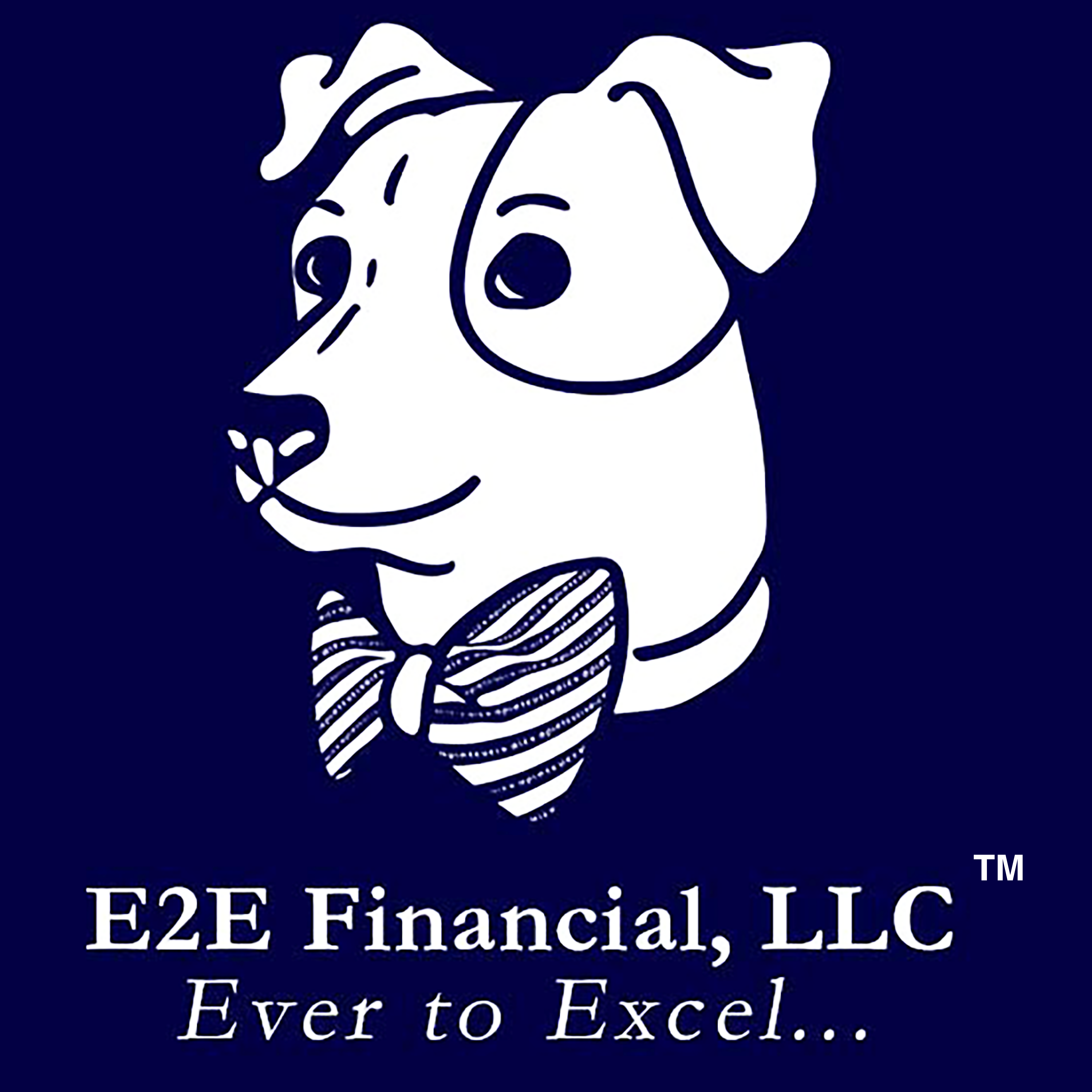The semiconductor industry represents another compelling investment opportunity with a significant presence outside the U.S. — primarily in Europe and Asia. Simply put, chips may be the new oil. The semiconductor industry is expected to power the next decade of economic growth, much like oil fueled the rise of the industrial age.
Chips are used in a vast array of products these days, from smartphones and servers to cars, televisions and even washing machines. By various estimates, global semiconductor sales could double from about $450 billion today to nearly $1 trillion over the next 10 years.
The world’s largest chipmakers — including South Korea’s Samsung and Taiwan Semiconductor Manufacturing Company, or TSMC — are spending billions to meet the surge in demand.
Some chipmakers and their suppliers have essentially gained a monopoly over key aspects of the business. Dutch manufacturer ASML, for example, builds high-tech, one-of-a-kind lithography equipment used by other companies to make the most advanced chips in the world.
“The world has come to appreciate just how important the large semiconductor companies are — for so many different industries,” says Andrew Suzman, a portfolio manager with EuroPacific Growth Fund®.
Is your investment strategy poised to benefit from the growth in semiconductors? Reach out for your free investment portfolio second opinion!
Source: Capital Ideas
*Content in this material is for general information only, and is not intended to provide specific advice or recommendations for any individual. Economic forecasts set forth may not develop as predicted. All company names noted herein are for educational purposes only and not an indication of trading intent or a solicitation of their products or services.




